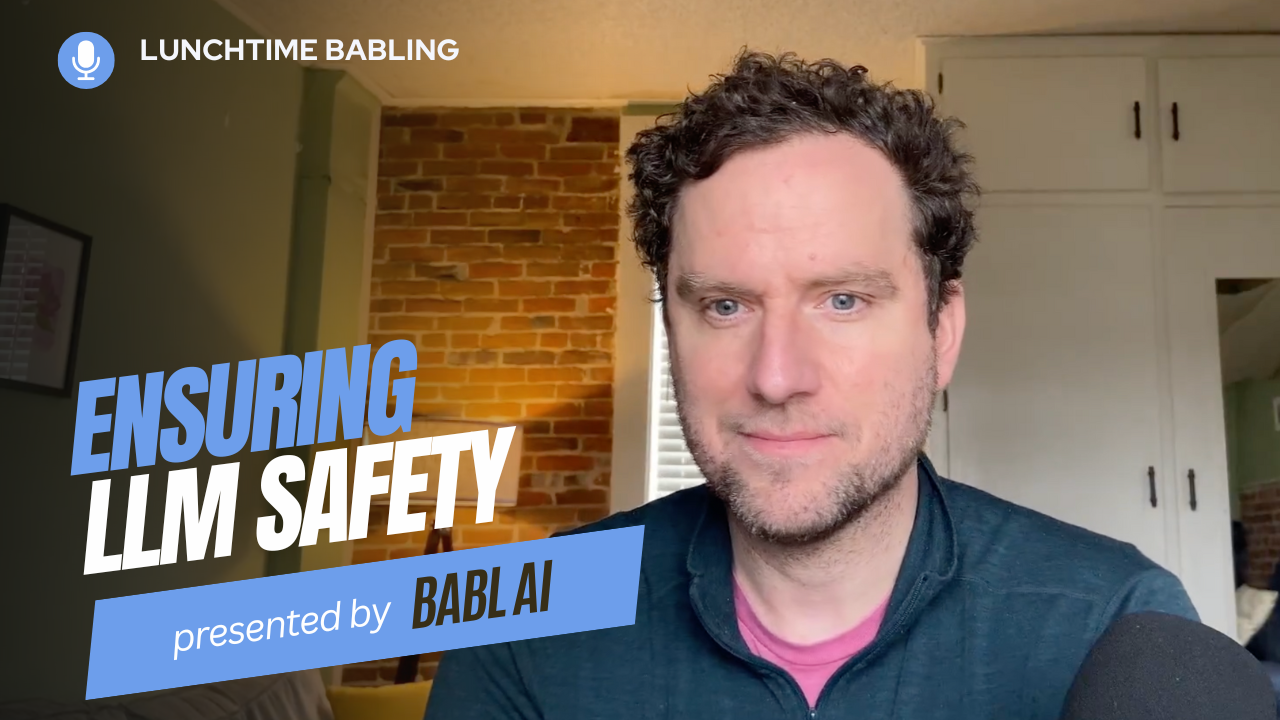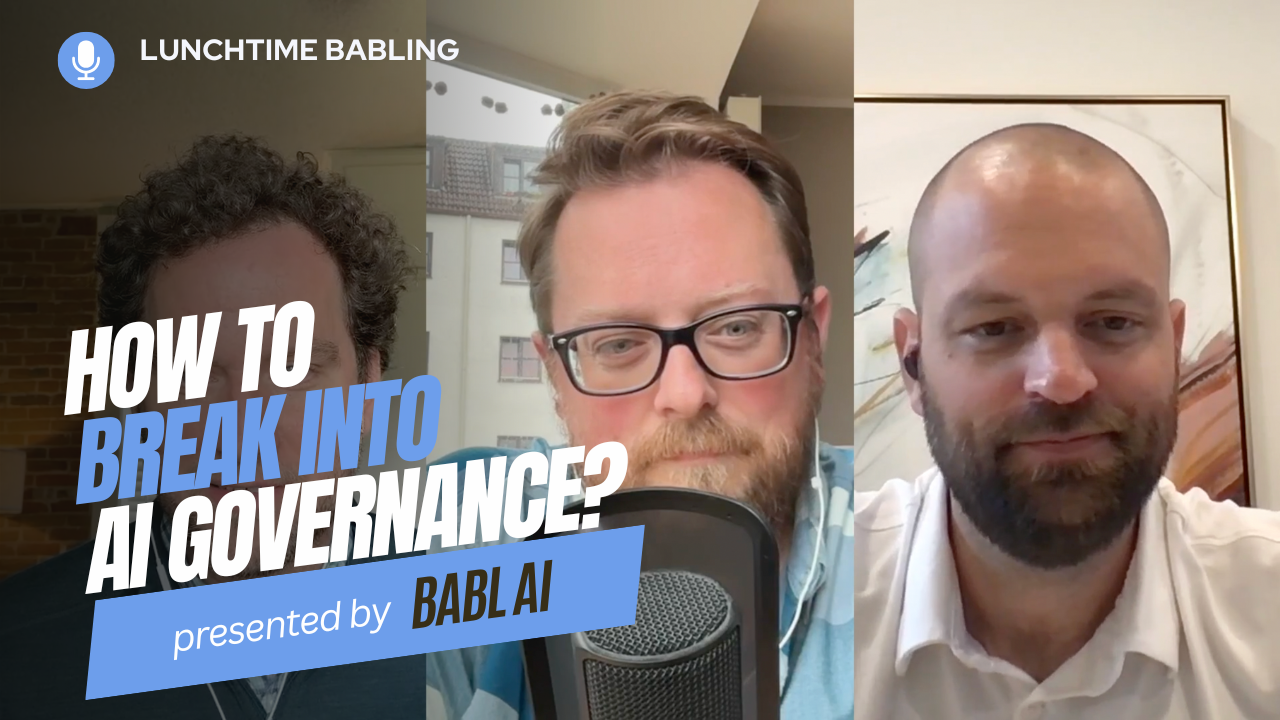As the adoption of large language models (LLMs) accelerates across sectors, so too do the questions surrounding their safety, reliability, and compliance. In this solo episode of Lunchtime BABLing, BABL AI CEO Dr. Shea Brown offers a deep dive into how to evaluate LLM-powered systems with a risk-aware mindset—especially in light of new regulations like the EU AI Act, Colorado’s AI law, and pending legislative efforts in California and New York.
The Compliance Clock Is Ticking
As Shea explains, regulatory pressure is mounting fast. The EU AI Act’s Annex III obligations require demonstrable accuracy, robustness, and technical documentation for any AI system deployed in high-risk areas—think hiring, education, healthcare, or credit scoring. For any organization deploying an LLM within these use cases, evaluations are no longer optional.
And with U.S. states like Colorado and New York following Europe’s lead with LLM-specific safety requirements, the expectation is clear: systems must be tested, documented, and accountable.
From Guidelines to First Principles
Shea’s central message? Don’t wait for perfect standards to define your next move. Industry guidance can be helpful, but it’s often too generic to account for the nuance and risk of your particular system. Instead, organizations should adopt a first-principles, use-case-specific approach to LLM testing.
That means asking foundational questions like:
-
-
What is this system for?
-
-
-
Who uses it, and how?
-
-
-
What are the desired behaviors—and what are the failure modes you absolutely want to avoid?
-
By starting with these basic inquiries, you can design an evaluation process that’s grounded in real-world use and tailored to your risk environment.
Building LLM Safety Evaluations from the Ground Up
To make that shift, Shea introduces listeners to BABL AI’s CIDA framework—Context, Input, Decision, Action—as the backbone for meaningful risk analysis.
CIDA helps you map how an LLM interacts with the world:
-
-
Context: What real-world setting is the system operating in?
-
-
-
Input: What types of data or prompts flow into the model?
-
-
-
Decision: How does the model process that input to make decisions?
-
-
-
Action: What real-world consequences follow those decisions?
-
Understanding this chain enables organizations to identify sources of risk, develop prompt-response testing strategies, and construct documentation that can stand up to auditors and regulators alike.
Beyond Benchmarks: Risk-Based Test Coverage
Generic benchmarks like HELM can help validate certain model behaviors, but they often fail to capture the complexity of use-case-specific risks. Shea emphasizes the importance of parameter space thinking—evaluating how the system performs across a wide range of inputs, contexts, and edge cases.
This includes:
-
-
Testing for hallucinations and confabulations
-
-
-
Identifying conditions that trigger toxic or biased outputs
-
-
-
Ensuring robustness, especially under subtle prompt changes
-
Ultimately, it’s about achieving broad test coverage across both risky and expected behaviors—and documenting how those evaluations align with your initial risk assessment.
A New Era of AI Evaluation
This episode reinforces what many in AI governance are already beginning to accept: auditability is the future. Whether mandated by law or required by stakeholders, transparency and testing are becoming table stakes for AI systems, especially LLMs.
And while it may feel overwhelming to get started, Shea offers a reassuring reminder: the tools and frameworks already exist. The key is to start now, tailor your strategy to your system’s specific risks, and treat evaluations as an ongoing part of development—not an afterthought.
Where to Find Episodes
Lunchtime BABLing can be found on YouTube, Simplecast, and all major podcast streaming platforms.
Need Help?
For more information and resources on explainable AI, be sure to visit BABL AI’s website and stay tuned for future episodes of Lunchtime BABLing





